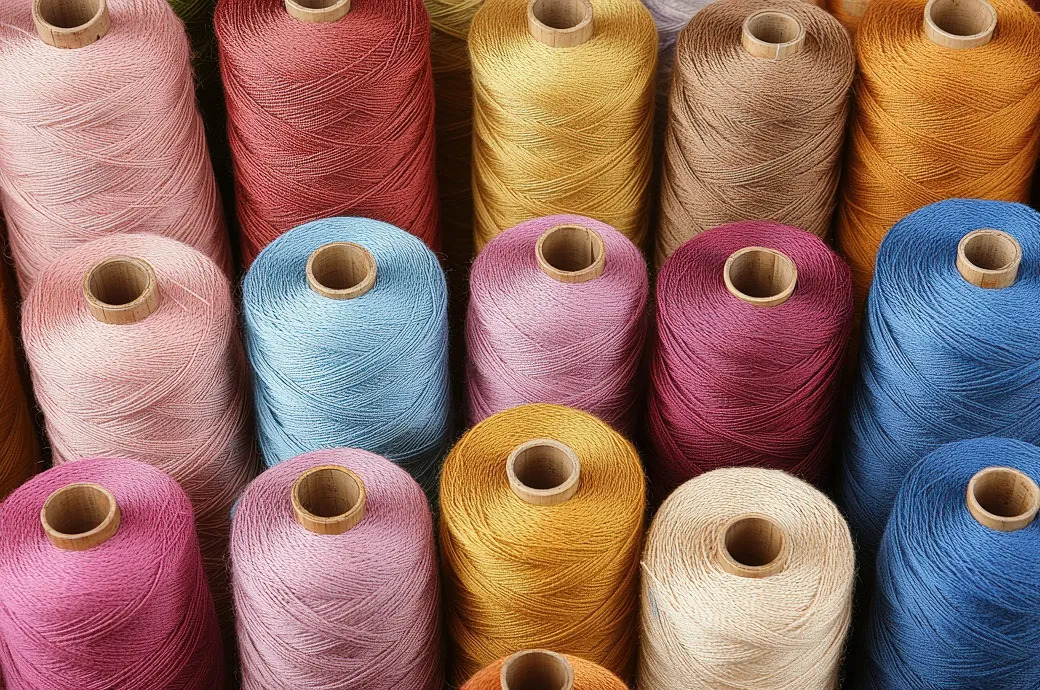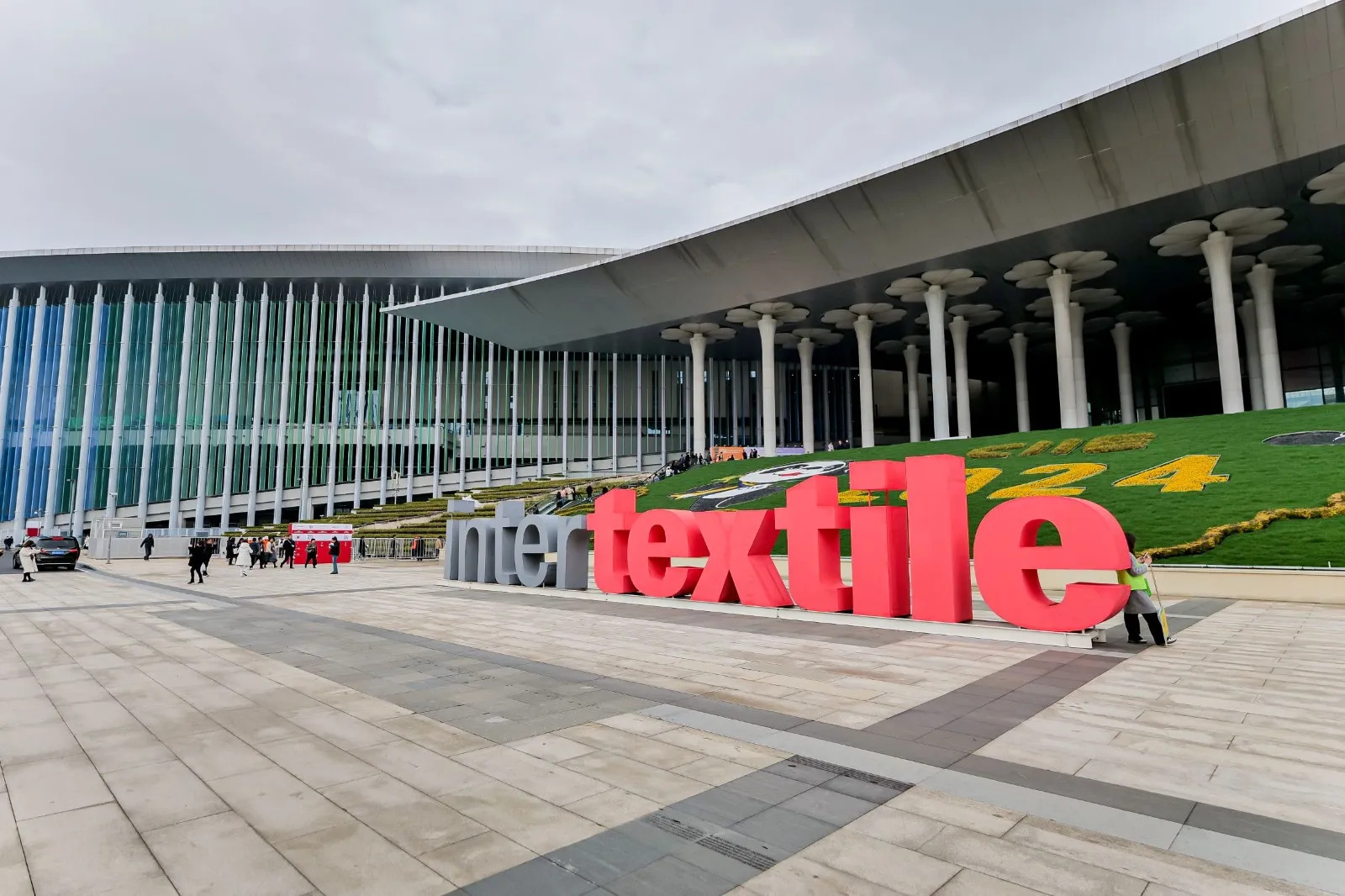 Like their European counterparts, Asian nations too are focused on a dual mission of controlling the COVID-19 pandemic and restoring their economies. As McKinsey’s simulations suggest, Asia is witnessing early indications of containment, new protocols, and the resumption of economic activity.
Like their European counterparts, Asian nations too are focused on a dual mission of controlling the COVID-19 pandemic and restoring their economies. As McKinsey’s simulations suggest, Asia is witnessing early indications of containment, new protocols, and the resumption of economic activity.
Urban activities in most countries are returning to pre-outbreak levels. Traffic congestion and residential-property sales are close to where they stood in early January 2020, and air pollution and coal consumption have returned to 74 and 85 per cent, respectively, of their levels on January 1. Though Southeast Asia and India are still bracing with the virus, the next normal could be emerging in Asia.
Collaboration between public and private sectors
In times of crisis, Asia should focus on collaboration between the public and private sectors and also across the private sector itself. Asian companies should take greater responsibility for keeping people employed or for redeploying labor when possible.
 Focusing on new technologies
Focusing on new technologies
The crisis has created a need to increase the adoption of new technologies across all aspects of life, from e-commerce to remote working and learning tools. To leverage this demand, China has increased its adoption of Alibaba’s DingTalk, WeChat Work, and Tencent Meeting to connect physically distanced teams and friends has increased rapidly.
Many brands increased their online promotions to capture demand. In China, Tsingtao recruited more than 40,000 employees and consumers as ‘Tsingtao social distributors,’ to promote products on their own social networks.
Implementing policies at speed and scale
The pandemic is forcing governments to implement policies quickly. Their ability to direct resources to healthcare systems is been tested. China had to mobilise tens of thousands of doctors and added tens of thousands of hospital beds to help Wuhan. Rather than focusing on lockdowns, South Korea emphasised a test, track, and isolate model: widespread testing and monitoring to reduce the risk of transmission.
To leverage data, other Asian governments have also invested in the digital ecosystem, mapping clusters and controlling transmission through apps such as Singapore’s TraceTogether and South Korea’s Corona 100m.
Restructuring supply chains
The crisis has shown that the world’s dependence on global supply chains is a weak link, especially for commodities with a concentration around what now seem to be vulnerable nodes. There could e a massive restructuring of supply chains: production and sourcing may move closer to end users, and companies could localise or regionalize their supply chains.
Going forward, companies may accelerate their supply-chain transition from China to other parts of Asia. According to a 2019 AmCham survey, about 17 per cent of companies have considered or actively relocated their supply chains away from China. In some sectors such as textiles, this has already been happening, and the supply-side impact of the Coronavirus could accelerate this change. Regional collaboration is already under way in response to the spread of the virus; economies in South Asia, for instance, are sharing best practices and protocols.
Adapting to the new normal
This year will challenge all our past assumptions as structural change will inevitably follow a world shock like this. Decisions made today will not only influence how quickly organizations and nations emerge from the current crisis but also how they adapt to the next normal.












